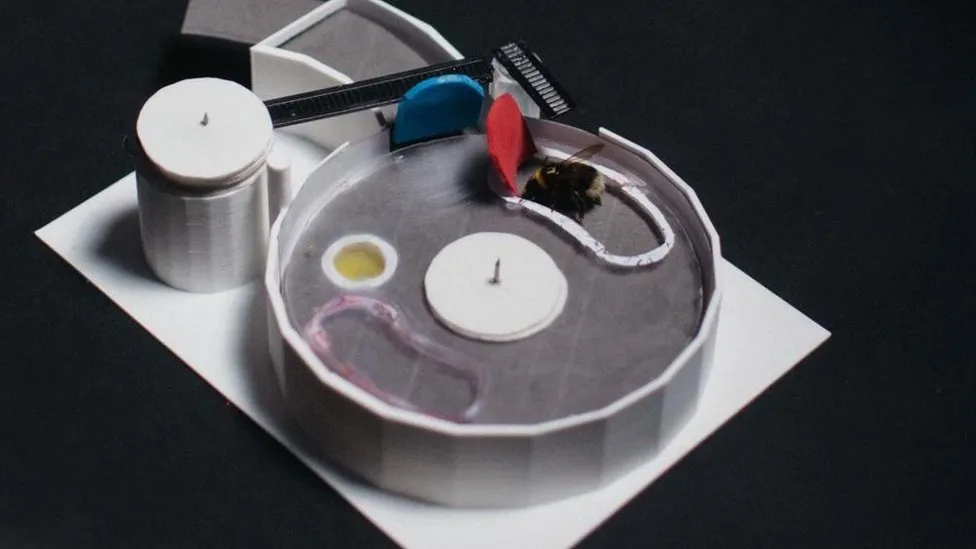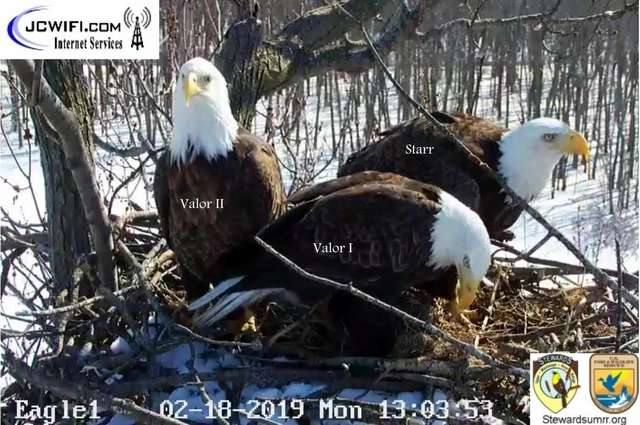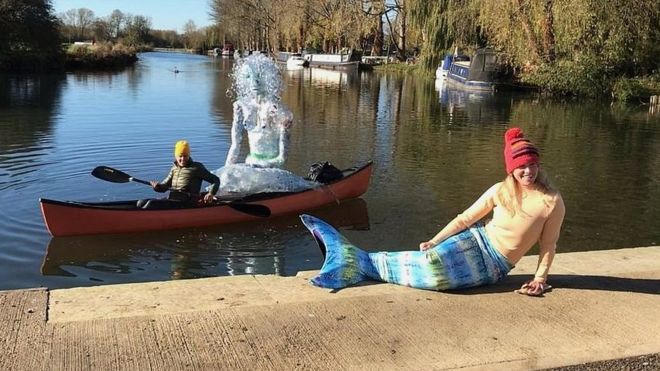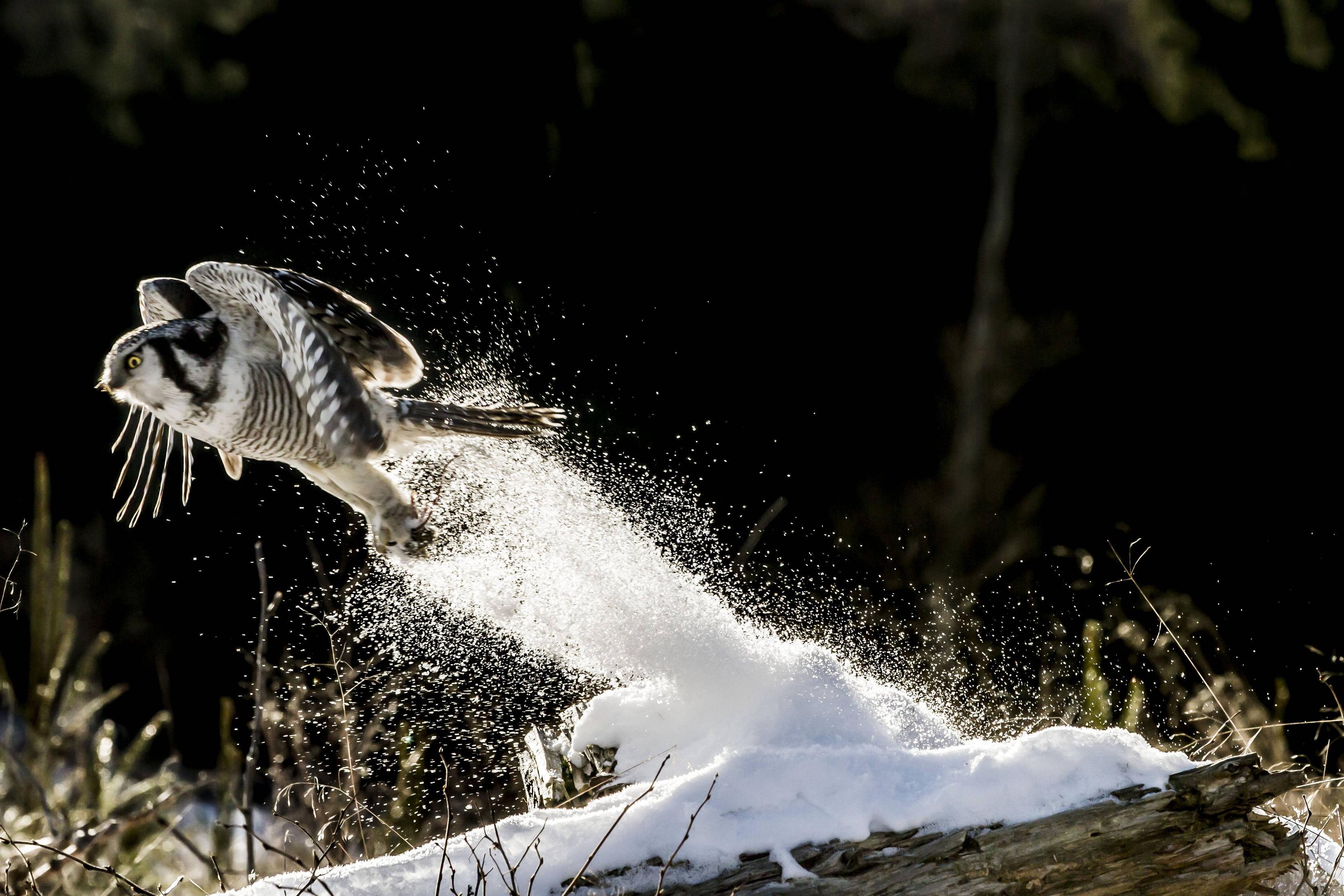Following up on my post about the weekend before the weekend before last –
here’s what I got up to the weekend before last (i.e. the weekend after that). You can see why I’m confused:
Ruth’s Family Picnic
The weekend before last, JTA and I joined Ruth and her family at their “annual family picnic”. This family reunion really shows quite how numerous Ruth’s relatives are, and I’m pretty
sure that even she had to stretch her memory to recall everybody’s names as she introduced me (and, sometimes, JTA) to them all.
This year, they’d held the picnic in a wonderful National Trust-managed country estate called Cliveden. If it weren’t for the roasting temperatures, it could have been better still, but the sheer heat made it exhausting just
to be sitting down, never mind walking around and climbing trees. Nonetheless, we got the chance for a good explore of the grounds, found the Secret Garden (their mistake was putting
signs to it), and clambered around on the remains on the Canning Oak, a tree that lived hundreds of years and was a favourite spot for former Prime Minister George Canning… but which had been felled in 2004 after its roots
threatened the structure of the slope on which it stood.
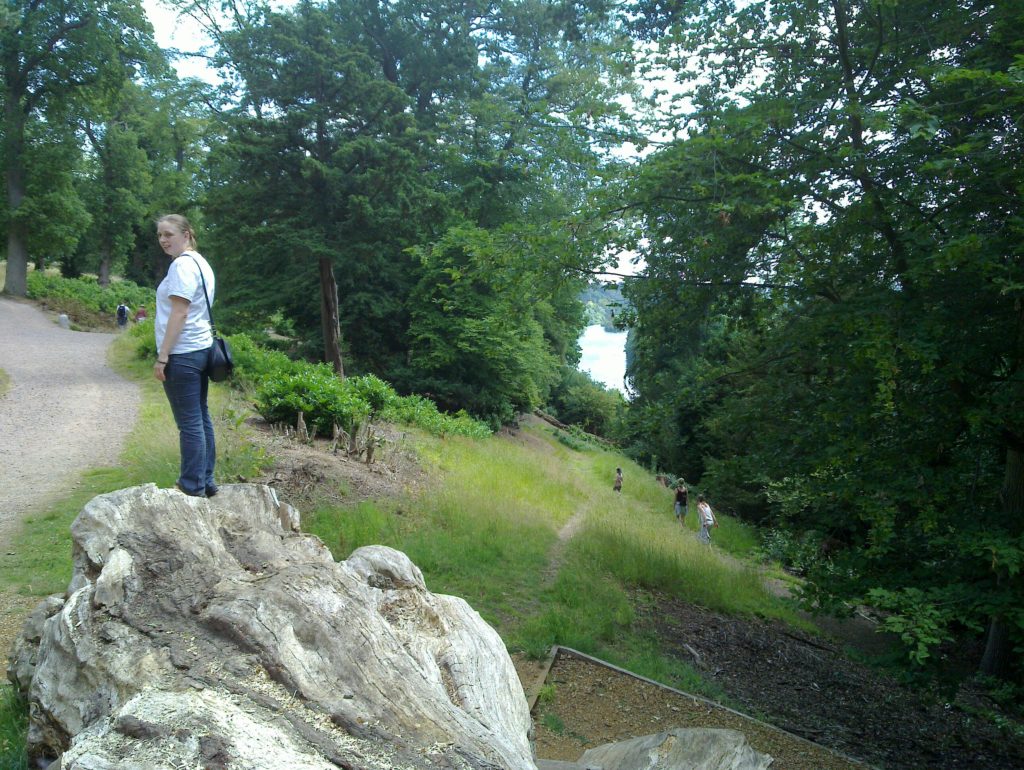
Apart from the ludicrous temperatures – suffered mostly during the journey in the sauna that is the car – it was a fun little trip. There was only one moment of awkwardness at the
revelation that both of the men Ruth had brought with her were her partners. It’s often a difficult thing to bring up with more-distant relations, especially when you’re
not sure who knows what already, and you don’t want to hide anything from anyone but there are few social norms about how you’re supposed to say, “So, you know what the
deal is with us three, right?”
One response, though, was particularly fantastic, and so I thought I’d publish it here: upon being introduced to JTA and I as “her fiancé, and her other partner,” a particular relation
of Ruth’s replied “Lucky you!” That’s a nice, positive response that I can get behind.

